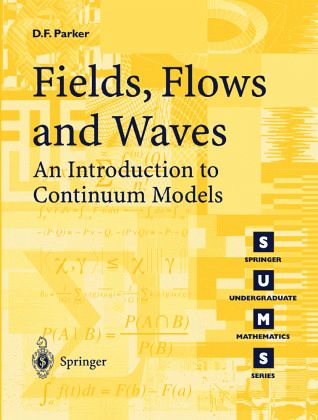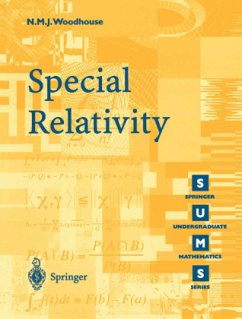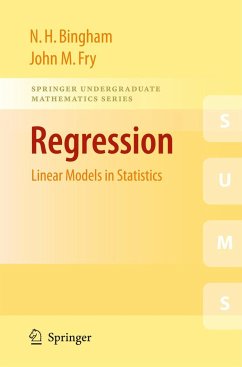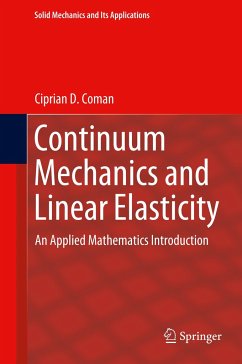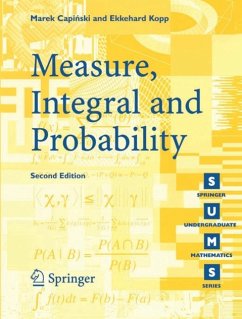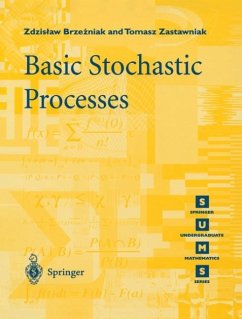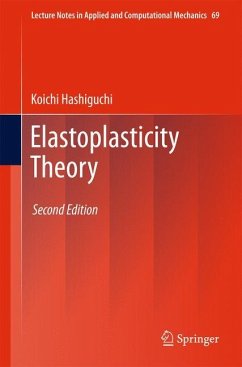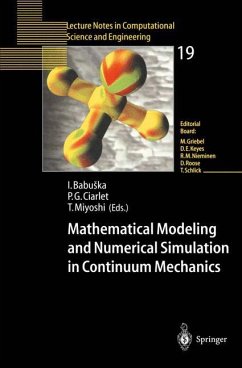examples come with the exposition, and there are several exercises with varying degrees of difficulty; detailed solutions are included at the end of the text. ... I warmly recommend this book. It reads well and is in an attractive, concise format. ... It makes one yearn for a course in the curriculum where this material could be regularly taught." (SIAM Review, Vol. 46 (3), 2004)
"This book is an introduction to the mathematical methods in classical fields theory. It is designed for the second-year undergraduate in physics, mathematics and engineering. ... The presentation is excellent, numerous examples of increasing difficulties are considered with details. ... The book ends with solutions to the exercises a short bibliography and an index. In conclusion, I warmly recommend this book to any students in physics because it's well written ... interesting and very useful." (Stéphane Métens, Physicalia, Vol. 26 (1), 2004)
"This book ... is a first introduction to the mathematical description of fields, flows and waves. It shows students, early in their studies, how many of the topics they have encountered are useful ... . Designed for second-year undergraduate students in mathematics, mathematicalphysics, and engineering, it presumes only a limited familiarity with several variable calculus and vector fields. ... The ideas are developed through worked examples, and a range of exercises (with solutions) is provided to test understanding." (Läenseignement Mathematique, Vol. 49 (3-4), 2003)
"This is another excellent readable book in the Springer Undergraduate Mathematics Series (SUMS). It is a refreshingly modern approach to Continuum Mechanics ... . Indeed Professor Parker has written this book so that it might be used directly as an elementary course ... . This is a carefully written, well structured book which contains a wealth of examples complete with solutions. ... a carefully structured book from which a modern undergraduate applied mathematics course may be taught directly." (Sean McKee, Journal of Fluid Mechanics, Vol.504, 2004)
"Introductory books ... often struggle with the balance between the motivating physical problems and the formal mathematical structures. As the title suggests, Parker ... manages to keep the more technical mathematical structure in clear view. Particularly impressive is how carefully the author leads readers ... . the book has a completeness that makes it attractive as a self-contained resource as well as a textbook. ... complete solutions (not just answers) to all of the exercises makes the book particularly effective for independent study of this material. Summing Up: Highly recommended." (J. Feroe, CHOICE, December, 2003)
"The book is well-written and illustrated by interesting figures which make the text easy to read and attractive. Of course undergraduate students in physics and maybe in mathematics will surely benefit of a lecture and practice of this book. Each of the ten chapters indeed contains some lists of significant exercises. The more or less detailed solutions of these exercises are gathered at the end of the book." (Alain Brillard, Zentralblatt MATH, 2003)
"Continuum modelsignoring the substructures of fluids are useful and widely applied for the description of fields, flows, and waves in different research works. This book gives a first introduction to the mathematical methods necessary for the solution of the resulting equations. ... Each chapter contains some examples and exercises. ... The results of the exercises are listed at the end of the book. ... the book is a useful introduction in this important branch of knowledge." (Bernd Platzer, www.zamm-journal.org, 2004)
"David Parker's book Fields, Flows and Waves: An Introduction to Continuum Models ... is a fine addition to the Springer Undergraduate Mathematics Series. ... For the subjects considered, the author provides masterly compact accounts of the physical phenomena ... and solves interesting problems. Parker takes particular care to examine the physical implications of the mathematical solutions ... . An adequate selection of student exercises is included, with solutions ... . could be used to enrich an advanced undergraduate or beginning graduate course on continuum mechanics." (James Casey, Physics today, October, 2004)
